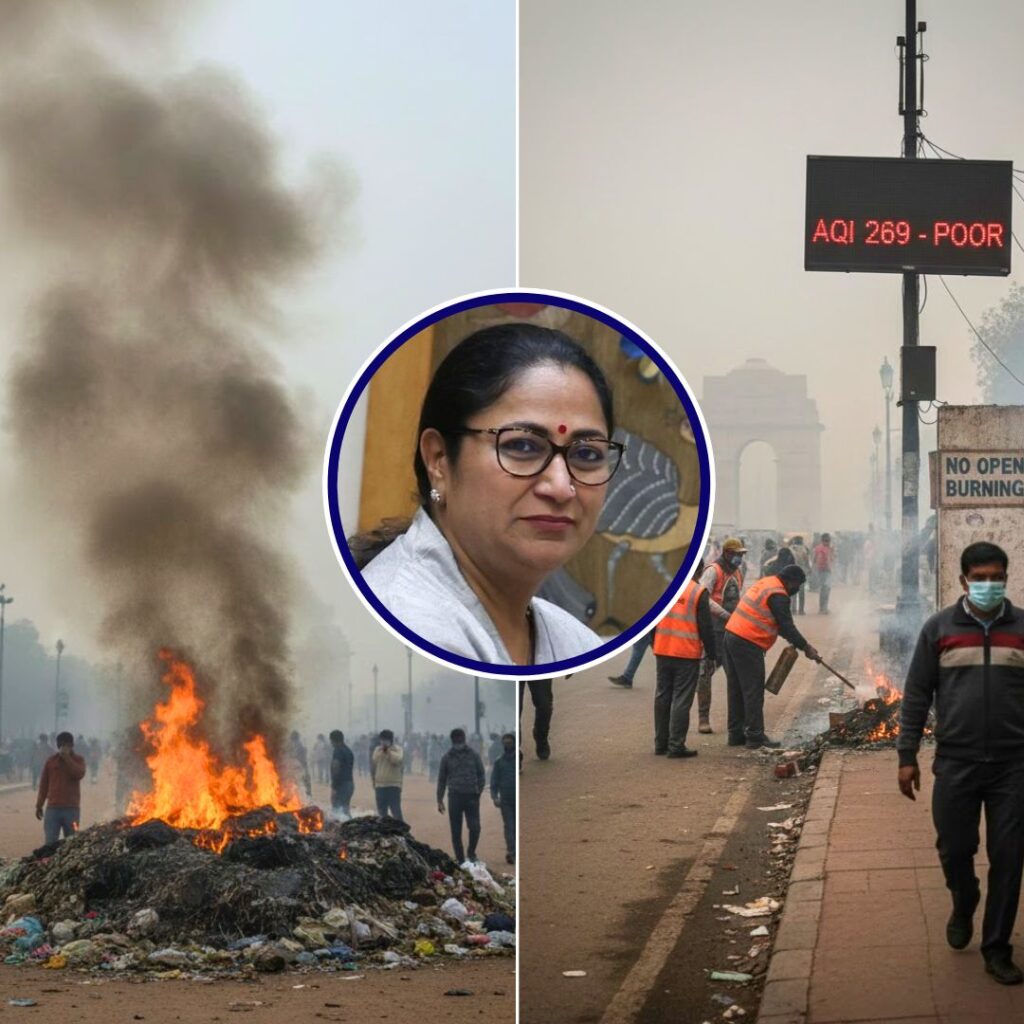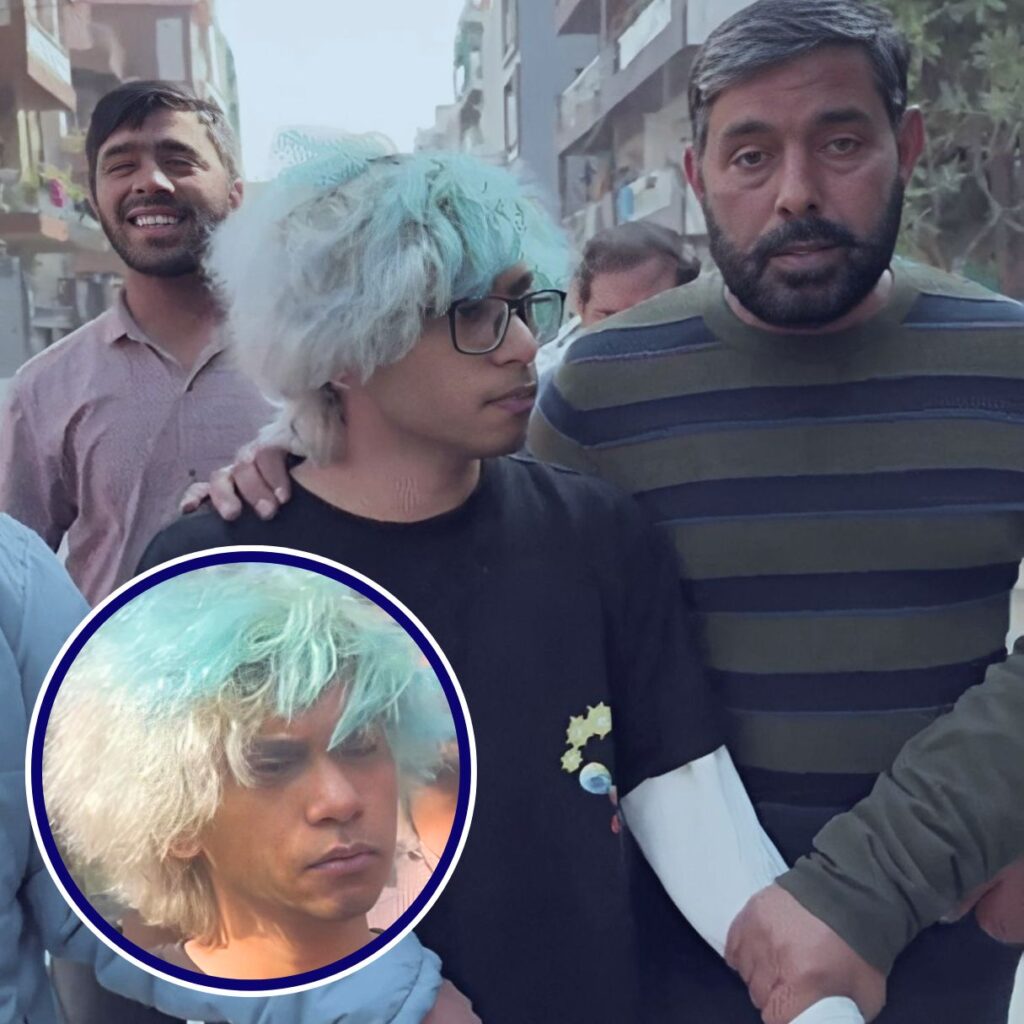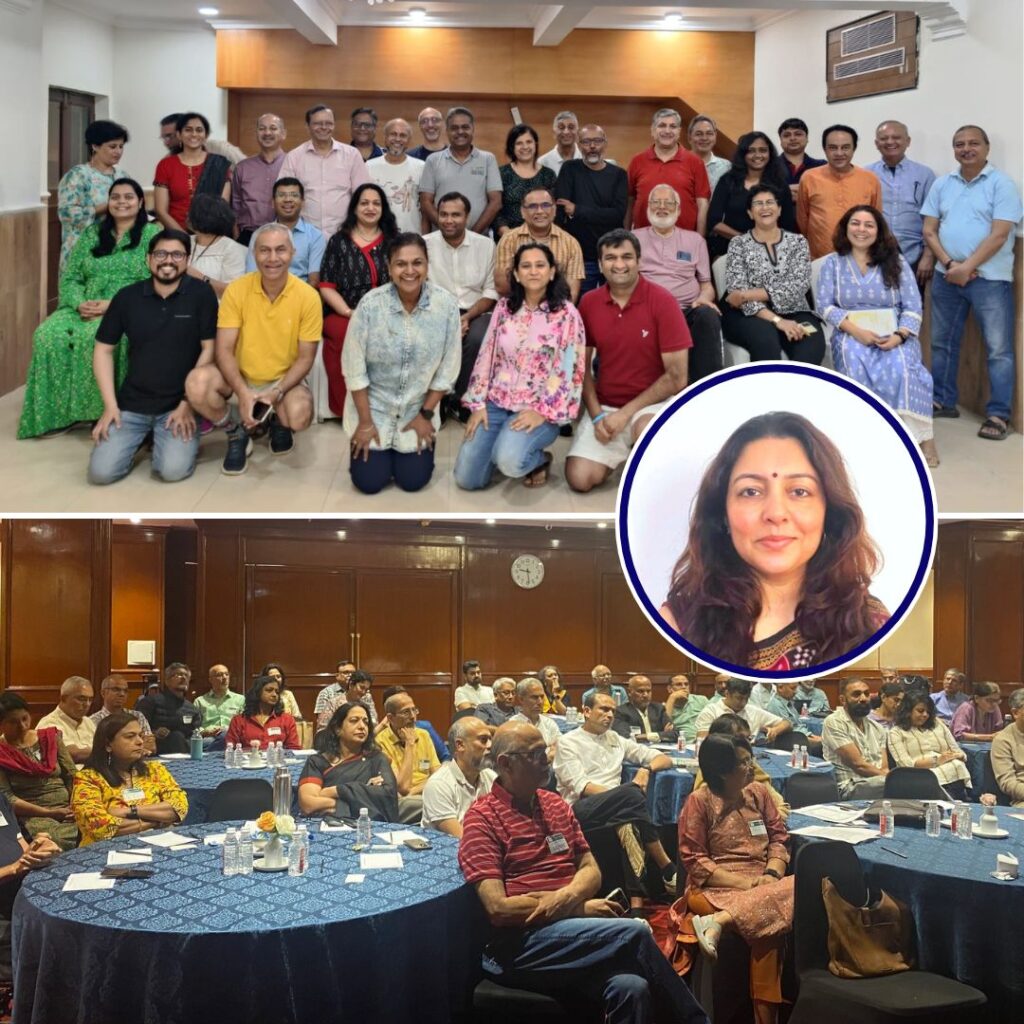On 10 November 2025, a car bomb exploded near Delhi’s iconic Red Fort, killing at least 15 people and injuring over 20 in a suspected suicide attack. Authorities have uncovered a nexus connecting key suspects to Al Falah University and radical networks responsible for the 2008 Ahmedabad blasts.
The ongoing probe, led by teams from the National Investigation Agency (NIA), Delhi Police, and Enforcement Directorate, has resulted in the arrest of several doctors and university staff.
Officials have stressed that the terror cell was equipped with plans for multiple attacks and had engineered sophisticated tactics inspired by international terror groups. Government and community leaders have responded with condemnation, calls for peace, and commitments to justice.
What Happened on the Ground
The evening of 10 November marked a tragic turn as a white Hyundai i20 lay parked near the Red Fort for hours before detonating at 6:52 pm IST. CCTV footage tracked the vehicle’s arrival and suspicious inactivity in the area adjacent to the bustling Sunehri Masjid.
The explosion crippled three to four other vehicles and injured pedestrians, casting panic and devastation across one of Delhi’s historic quarters.
The National Security Guard, forensic experts, and emergency responders cordoned off the area within minutes of the blast, collecting evidence amid the chaos and providing urgent care and support to victims.
Police investigations revealed that the blast had characteristics of a planned suicide attack, allegedly triggered by ammonium nitrate fuel oil.
The two to three people inside were presumed to have either detonated the device intentionally or mishandled it under pressure from ongoing security crackdowns in Faridabad.
DNA analysis identified one of the men as Dr. Umar Mohammed, a Pulwama doctor linked to Al-Falah University-an institution now at the centre of the terror probe.
Structure, Planning, and Links
The authorities fingered a clandestine core group of up to ten ‘terror doctors’ spanning Haryana, Uttar Pradesh, and J&K-trained medical professionals with ties to Jaish-e-Mohammed and Ansar Ghazwat-ul-Hind.
The probe found that Jasir Bilal Wani (“Danish”) assisted Umar in technical planning, including drone modifications and the assembly of vehicle-borne explosives, aiming to model their attack strategies on those of global extremist militias.
Police raids on Al-Falah University in Faridabad uncovered up to 3,000 kg of explosives, confirming intentions for as many as 32 coordinated car bombings across Delhi over several days.
Investigators believe the suspects were not lone actors but formed part of an intricate web recruiting educated talent, handling logistics, and executing attacks with chilling precision.
The University, whose founder Javed Ahmed Siddiqui is under ED scrutiny for financial fraud and suspected terror funding, is alleged to have acted as a meeting ground for technical, ideological, and operational support. Delhi Police have issued summons to Siddiqui and intensified searches across 25 locations connected to the university and its staff.
Officials have confirmed that suspect Umar maintained clandestine communications with foreign handlers, and the group intended their plot as an act of revenge for high-profile political developments, including the Babri Masjid demolition.
Leadership, Response, and Political Repercussions
As the case escalated, Union Home Minister Amit Shah visited the blast site and LNJP Hospital to meet the injured, promising a thorough investigation and reassuring the public of all options being kept open. Prime Minister Modi ordered a high-level review, directing authorities to maintain urgency and professionalism.
Delhi Cabinet passed a notable resolution expressing grief, solidarity, and a policy of zero tolerance for terrorism. Community leaders, including opposition figures Rahul Gandhi and Arvind Kejriwal, called for harmony and vigilance, highlighting the importance of cross-sector collaboration for peace and justice.
In a symbolic act, the Indian Army demolished the Pulwama home of Umar Mohammed in retaliation and as a warning to collaborators, while law enforcement officials reiterated their pursuit of every possible lead.
The Bureau of Police Research and Development, in tandem with NIA, recommended more robust monitoring of university campuses and hospitals, marking an evolution in counter-terror investigations that recognises the threat posed by educated, white-collar networks.
Unpacking the Larger Threat: Background and Context
The Red Fort blast marks a chilling rise in terror methods-suicide car bombs, drone weaponry, and the involvement of skilled professionals. Drawing lines between the 2008 Ahmedabad blasts and the present plot, agencies have identified overlaps in recruitment, funding, and operational tactics, suggesting that radicalisation has grown sophisticated and decentralised.
The willingness of educated individuals to lend expertise confirms the mutation of terror cells into multi-level syndicates, attracting concern from security experts and international observers. The probe is expanding to include Pakistan-based Jaish-e-Mohammed and cross-border handlers who were found to have supplied technical and financial resources.
The enforcement crackdown is ongoing, with NIA and ED conducting simultaneous operations targeting university accounts, personal residences, and suspected safe houses.
The possibility of more planned attacks remains open, as recovered communication logs and logistical trails suggest a scale far beyond the single blast.
Security agencies have issued pan-India alerts for suspicious gatherings, and inter-government cooperation is at an all-time high to plug information gaps and prevent future tragedies.
The Logical Indian’s Perspective
The latest findings from the Red Fort blast investigation reinforce the crucial balance between organisational vigilance and community engagement.
The intertwining of skilled professionals in terror activities underscores the necessity for transparent monitoring, early detection, and social support systems in our educational and healthcare institutions.
The Logical Indian reiterates its unconditional condemnation of all forms of violence, and the need for harmony, dialogue, and empathy in society.
As communities grieve and security agencies work to restore trust, citizens hold immense power to foster resilience against radicalisation.
Strengthening local initiatives, building bridges between different professional and social communities, and supporting early intervention programmes could serve as pivotal steps against extremism.











